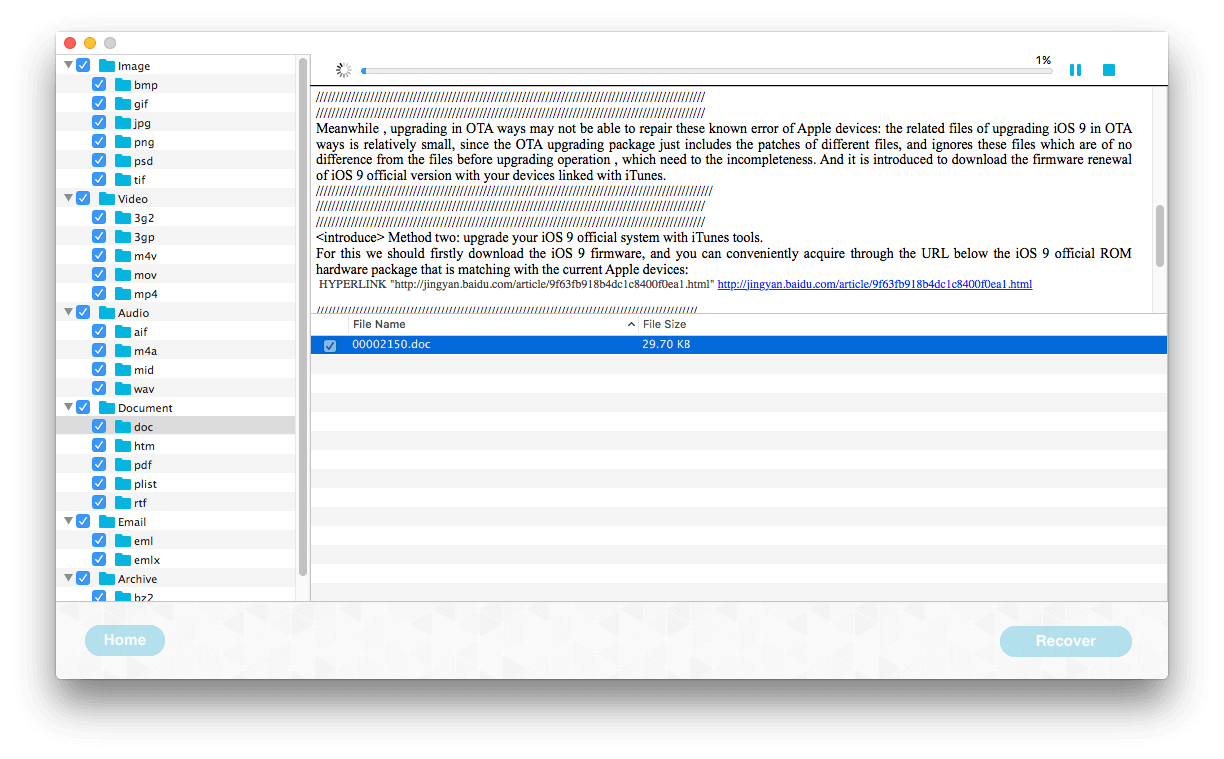How To Find Macintosh Hd On Mac
Historically, the Macintosh HD icon was present at the top right corner of the desktop of new Macintosh computers, though recent versions of macOS hides this from new users by default. Double-clicking on it opens a zooming Finder window, which displays the files and folders lying on your hard drive. Open the Apple menu, then select About This Mac. Click the Storage tab in the toolbar to see how much disk space you have available. (On OS X Mountain Lion or Mavericks, click the More info. Using the first method, Mac HD icon wouldn’t drag onto desktop from Finder window. The second method worked. Under DEVICES, the hard drive box had a – in box. After clicking on it, a tick appeared. Icon now appears on desktop.

If you recently switched from Windows to Mac, you may be wondering where is “My Computer” in Mac, because as a windows users we are so used to it. Well, in Mac we don’t have “My Computer” but we do have similar thing in Mac, called Macintosh HD, that is basically your Mac hard drive which will give you the access to all files and folder on your system. However you won’t find it in your Mac easily, especially if you are a beginner. In this guide, I will tell you how to show Mac HD in Finder window and on desktop.
Step 1: Open Finder from the top finder menu and select Preferences. Alternatively you can press
Step 2: In General tab, check the Hard disks option. This will make your Hard drive visible on Desktop.
Step 3: To make the hard drive visible in Finder favorites, go to the Sidebar tab in Finder Preferences and check the Hard disks option listed under Devices. This will make the hard drive visible in Finder sidebar.
These instructions apply only to Mac computers with an Intel processor.
Erasing your Mac permanently deletes all of its files, so make sure that you make a backup of any files that you want to keep. If you're attempting to restore your Mac to factory settings, first learn what to do before you sell, give away, or trade in your Mac.
Start up from macOS Recovery

Turn on your Mac, then immediately press and hold these two keys until you see an Apple logo or other image: Command (⌘) and R. You may then be asked to select a user you know the password for. Select the user, then click Next and enter their administrator password.
Use Disk Utility to erase your disk
- From the utilities window in macOS Recovery, select Disk Utility and click Continue.
- Select Macintosh HD in the sidebar of Disk Utility. Don't see Macintosh HD?
- Click the Erase button in the toolbar, then enter the requested details:
- Name: Continue to use Macintosh HD as the name, or enter a different name.
- Format: Continue to use APFS or Mac OS Extended (Journaled), as recommended by Disk Utility.
- Click Erase Volume Group. If you don't see this button, click Erase instead.
- If Find My is turned on for this Mac, you may be asked to enter your Apple ID to authorize the erase. Forgot your Apple ID?
- After the erase is done, select any other internal volumes that may be listed in the sidebar, then click the delete volume (–) button in the toolbar to delete each volume.
You don't need to delete the Macintosh HD volume you just erased, or any external volumes or disk images. - Quit Disk Utility to return to the utilities window.
- If you want to start up again from the disk you erased, you should now reinstall macOS on that disk.
If you don’t see Macintosh HD in Disk Utility
What Is Macintosh Hd
Your built-in startup disk should be the first item listed in the Disk Utility sidebar. It's named Macintosh HD, unless you changed its name. If you don't see it there, choose Apple menu > Shut Down, then unplug all nonessential devices from your Mac and try again.
If your disk still doesn't appear in Disk Utility, or Disk Utility reports that the erase process failed, your Mac might need service. If you need help, please contact Apple Support.
Learn more
How To Find Macintosh Hd On Macbook Air
For more information about using Disk Utility, see the Disk Utility User Guide.